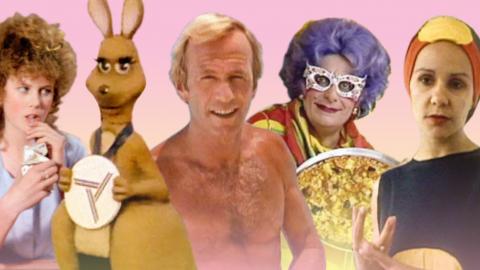Part 1 of our 2-part feature. Read Part 2
On 3 October 1984, Prime Minister Bob Hawke officially opened the National Film and Sound Archive’s new headquarters in Canberra, calling it ‘an institution devoted to the popular cultural expression of our age.’ His speech tapped into what was a high-voltage moment for Australia, alight with possibility and confidence. The nation found its voice and broadcasted it over airwaves, film reels, city streets and rural roads. New technologies hinted that the future had truly arrived, setting off a chain of innovations across culture. And previously unheard voices broke into the mainstream, sparking long-overdue conversations. Fast forward 40 years, and the echoes of 1984 still resonate. In the first of a two-part feature, we spotlight five songs that capture the temperature of the time. Curated by Sarah Little, written by Kate Scott.









